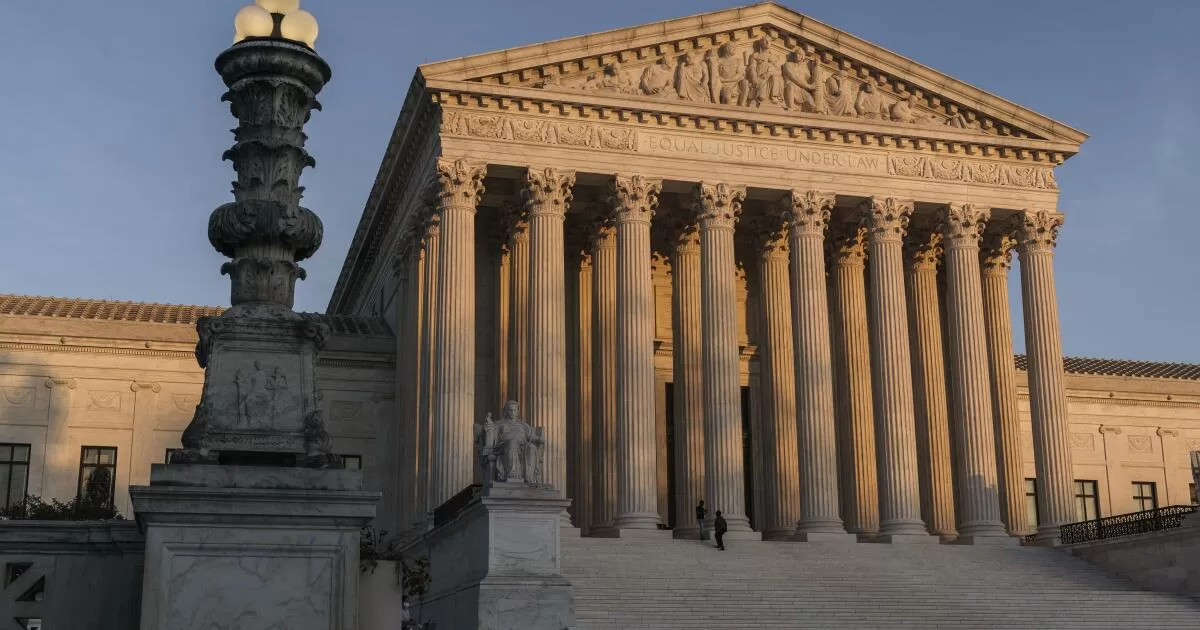Justices nominated by Republican presidents have constituted a majority of the court for more than 50 years — since 1970, when Justice Harry Blackmun was nominated and confirmed in the Nixon administration. Even though Democrats have won the presidency in five of the last eight elections, justices nominated by Democratic presidents during this period have never constituted a majority.
One way to assess whether the court’s justices have been reasonably representative of the will of the American people is to compare the court’s historical representation with what it would have been if justices were appointed at regular intervals rather than at the whim of each justice’s often political decision to retire.
What would the court’s makeup look like, if, for instance, presidents were able to appoint a new justice every two years, at the beginning of each new congressional term. A system of two-year appointments — let’s call it the “regular presidential appointment process” — is the central feature of a bipartisan proposal to limit justices’ terms to 18 years.
If presidents in the past had been able to appoint one justice every two years, justices nominated by Democrats would have held a majority of Supreme Court seats nearly a third of the time over the last 50 years, instead of never.
A combination of three dynamics — strategic retirements by Republican-nominated justices, non-strategic failures of Democratic-nominated justices to retire and Senate machinations — has resulted in an average of 1.3 more Republican-nominated justices on the court than there would have been with presidents nominating justices every two years.
It’s striking to note that under a system of regular appointments, Democratic-nominated justices would currently hold a 6-3 majority on the court, instead of holding the 3-6 minority position.
If Biden wins reelection in 2024, and the lineup of justices remains the same, the court’s democracy detachment problem will reach an all-time high — with the Democratic Party controlling the presidency for seven of the last nine Congresses but only holding three of the nine court seats.
Of course, justices do not always act in ways that their nominating presidents would endorse. Some justices appointed by Republicans, such as Justice William J. Brennan Jr., were famously liberal; others appointed by Democrats, such as Justice Byron White, at times authored deeply conservative opinions.
Still, our confidence in the court turns importantly on its being democratically accountable. If a political party repeatedly wins the presidency, and to a lesser extent controls the Senate, the judicial views of that party should be reflected on the court. Otherwise, we find ourselves where we are now: Last fall, less than half the population had a “great deal” or a “fair amount” of trust in the Supreme Court, according to Gallup. In February, a Marquette University Law School poll found that 60% of Americans disapprove of the job the court is doing.
The Jan. 6 assault on the U.S. Capitol, with its attempt to stop the transfer of power from Republican President Trump to Democratic President Biden, can be seen as an attempt to insulate the executive branch from democratic control. That goal has largely been accomplished, more or less quietly, with regard to the judicial branch.
How entrenched is the current Republican-appointed majority? Kart Kandula, a Yale Law student fellow, and I ran a simulation in which we assumed actuarial risk of death and historical levels of strategic retirements and found that a Republican-nominated majority is likely to last far into the future. Even if Democrats could somehow succeed at the herculean task of winning five of the next seven presidential elections, we should expect to live under a Supreme Court with a continual Republican-nominated majority.
Appreciating the importance of a democratically accountable Supreme Court suggests a pathway to reforming the appointments process. Instead of, or in addition to term limits for justices, Congress could require that the court’s composition align with party control of the presidency over, say, the last nine congressional terms. If Republican presidents have held office in five of the last nine Congresses, then only the five most recently appointed justices nominated by Republican presidents should be called to hear cases, with the remaining four seats filled by the most recently appointed Democratic appointments. If there are not enough Republican-nominated justices available, the statute could call for Republican-nominated lower-court judges to be selected at random to serve by designation.
A tracking requirement would go a long way toward solving the problem of a recalcitrant Senate refusing to consider the nominees of a sitting president (as happened when President Obama nominated Merrick Garland to the court, only for then-Senate Majority Leader Mitch McConnell to refuse to consider the nomination) and it would ensure continued representativeness if an untimely death or recusal threatened to bias the court’s composition.
A Republican-nominated majority has persisted on the Supreme Court for more than 50 years, despite the substantial successes of the Democratic Party in winning the presidency. Without some change in the way justices are nominated or deployed, many of us will never live to see a court that better reflects the political will of the people.
Ian Ayres is a professor at Yale Law School.
